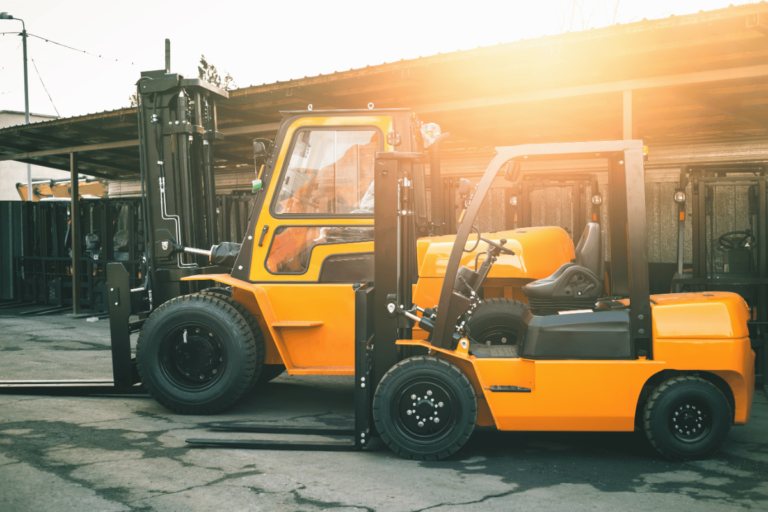Drones in Construction: Uses and Benefits
In today's construction landscape, drones have emerged as a game-changer, offering a plethora of uses and benefits that are reshaping traditional practices. From streamlining surveying tasks to providing real-time progress updates, drones are revolutionizing how projects are managed and executed. But what exactly are these drones capable of beyond the surface? Stay tuned to uncover the multitude of ways in which drones are transforming the construction industry and paving the way for a more efficient and cost-effective future.
Key Takeaways
- Drones streamline site data capture, enhancing accuracy and efficiency.
- Real-time monitoring aids in progress tracking and decision-making.
- Improved safety through hazard identification and emergency response capabilities.
- Automation and data-driven insights optimize workflows and resource allocation.
- Inspecting inaccessible areas promotes safety, efficiency, and cost savings.
Surveying and Mapping
Utilizing drones in construction for surveying and mapping increases efficiency and accuracy in capturing site data. Aerial photography conducted by drones allows for detailed imagery of the construction site from various viewpoints, providing valuable insights for project planning.
The high-resolution images obtained through aerial photography are then used to create precise 3D models of the site. These 3D models offer a detailed overview of the topography, existing structures, and potential obstacles, aiding in the design and decision-making processes.
Moreover, drones equipped with advanced software can generate accurate maps by stitching together hundreds of images captured during the aerial survey. This mapping process is crucial for understanding the site layout, measuring distances, and identifying key areas for development.
The use of drones in surveying and mapping not only saves time but also minimizes the margin of error compared to traditional methods. By leveraging aerial photography and 3D modeling capabilities, construction projects can optimize resource allocation and streamline operations effectively.
Monitoring Progress
In construction, drones play a pivotal role in monitoring progress on-site, providing real-time data and visual documentation of project advancements. By utilizing drones for progress monitoring, you enhance time management and resource allocation significantly.
Drones equipped with high-resolution cameras and GPS technology can capture detailed images and videos of the construction site. This data is then processed to create 3D models and maps, allowing for a thorough overview of the project's status.
Through drone monitoring, project managers can track daily activities, identify potential delays, and make sure that resources are allocated effectively. Real-time insights obtained from drone surveillance enable swift decision-making and proactive adjustments to schedules and resource distribution. This not only improves the efficiency of the construction process but also reduces the risk of costly setbacks.
In essence, drones streamline monitoring processes, improving time management by providing instant updates on project progress and facilitating better resource allocation through data-driven decision-making.
Enhancing Safety Measures
By integrating drones into construction practices, safety measures can be greatly improved through real-time monitoring and data analysis. Drones provide a bird's eye view of the construction site, allowing for efficient hazard identification. Equipped with high-resolution cameras and sensors, drones can detect potential safety risks such as unstable structures, material stockpiles blocking emergency exits, or workers operating in hazardous areas. This enables project managers to take proactive measures to mitigate risks before accidents occur.
In emergency response situations, drones play an essential role in enhancing safety protocols. In the event of an accident or natural disaster on the construction site, drones can quickly survey the area, providing real-time information to emergency responders. This data allows for better coordination of rescue efforts and guarantees the safety of all personnel involved.
Improving Efficiency
To enhance productivity and streamline operations in construction projects, drones offer a multitude of opportunities for improving efficiency through automation and data-driven decision-making. Drones can significantly increase productivity by providing real-time insights into project progress, allowing for immediate adjustments to be made when necessary. By using drones to capture aerial imagery of construction sites, project managers can monitor work activities remotely, identify bottlenecks, and optimize workflows. This streamlines operations by enabling quick decision-making based on accurate data analysis.
Moreover, drones equipped with advanced sensors can gather precise measurements and data points, aiding in project planning and resource allocation. This data-driven approach enhances efficiency by reducing guesswork and ensuring resources are utilized effectively. Drones can also be programmed to autonomously perform repetitive tasks, such as site surveys or material delivery, freeing up human labor for more intricate activities.
Inspecting Hard-to-Reach Areas
Moving through inaccessible locations effortlessly, drones play a crucial role in inspecting hard-to-reach areas on construction sites. Utilizing drones for remote monitoring and aerial inspections has transformed the way construction inspections are conducted.
These unmanned aerial vehicles can navigate intricate spaces, such as tall structures, bridges, and rooftops, with precision and agility, capturing high-resolution images and videos for detailed analysis.
Aerial inspections conducted by drones provide real-time data on the condition of structures, allowing construction teams to identify potential issues promptly. By accessing areas that are difficult or hazardous for humans to reach, drones enhance safety protocols on construction sites while ensuring thorough inspections are carried out.
The ability to remotely monitor progress and detect defects early on helps in preventing costly rework and delays in construction projects. Incorporating drones for inspecting hard-to-reach areas not only saves time and resources but also improves overall efficiency and accuracy in construction processes.
Minimizing Errors
Drones in construction greatly reduce errors by providing detailed and precise data for analysis and decision-making. Error prevention is a crucial aspect of any construction project, and drones play a pivotal role in enhancing quality control measures. These unmanned aerial vehicles can capture high-resolution images and videos of the construction site, allowing project managers to identify potential issues early on.
By conducting regular drone surveys, discrepancies in the building process can be detected promptly, enabling swift corrective actions to be taken. Moreover, drones help in monitoring the progress of construction projects with unprecedented accuracy. Through aerial surveys and 3D mapping, deviations from the original plans can be easily spotted, ensuring that the project stays on track.
The real-time data provided by drones enables project teams to make informed decisions promptly, minimizing the chances of errors that could lead to costly rework. In essence, drones serve as indispensable tools for error prevention and quality control in construction, offering unparalleled visibility and insights into every stage of the project.
Cost-Effective Solutions
By leveraging the data collected by drones, construction projects can implement cost-efficient solutions that optimize resource allocation and streamline operations. Drones offer budget-friendly options and innovative technology that revolutionize traditional construction practices. These resource-efficient alternatives provide groundbreaking advancements in project management and execution.
When considering cost-effective solutions in construction, drones play a pivotal role in enhancing efficiency and reducing expenses. By utilizing drones for tasks like site surveys, progress monitoring, and inventory management, projects can significantly reduce time and labor costs. This innovative technology allows for real-time data collection and analysis, enabling quick decision-making and proactive issue resolution.
Below is a table showcasing some key cost-effective solutions enabled by drones in construction:
| Cost-Efficient Solutions | Description | Benefits |
|---|---|---|
| Site Surveys | Conducting aerial surveys for site assessment | Time and cost savings |
| Progress Monitoring | Tracking construction progress through drone footage | Enhanced project oversight |
| Inventory Management | Managing materials and equipment using drone data | Improved resource allocation and inventory control |
Environmental Benefits
Utilizing drones in construction projects can lead to significant environmental benefits through the reduction of carbon emissions and minimization of ecological disturbance. Drones offer a range of advantages that contribute to environmental preservation:
- Reducing Emissions: By enabling precise planning and monitoring of construction activities, drones help optimize routes for transportation of materials and equipment. This optimization reduces the overall carbon footprint of the project by minimizing unnecessary travel and fuel consumption.
- Preserving Habitats: Drones can survey construction sites with high detail and accuracy, allowing for better identification and protection of sensitive ecological areas. This capability helps construction teams avoid encroaching on habitats of endangered species or disrupting fragile ecosystems.
- Minimizing Ecological Disturbance: With the ability to access hard-to-reach areas without the need for extensive ground infrastructure, drones decrease the need for heavy machinery that can disturb the natural landscape. This reduction in on-site disturbance helps maintain the ecological balance of the construction site.
Conclusion
To sum up, have you considered the multitude of ways drones can revolutionize your construction projects?
From precise surveying and monitoring progress to enhancing safety measures and minimizing errors, drones offer a cost-effective and efficient solution to streamline operations.
With their ability to inspect hard-to-reach areas and provide real-time data, drones in construction are essential tools for improving productivity and decision-making processes.
So, why not take advantage of this cutting-edge technology to elevate your construction projects to new heights?







